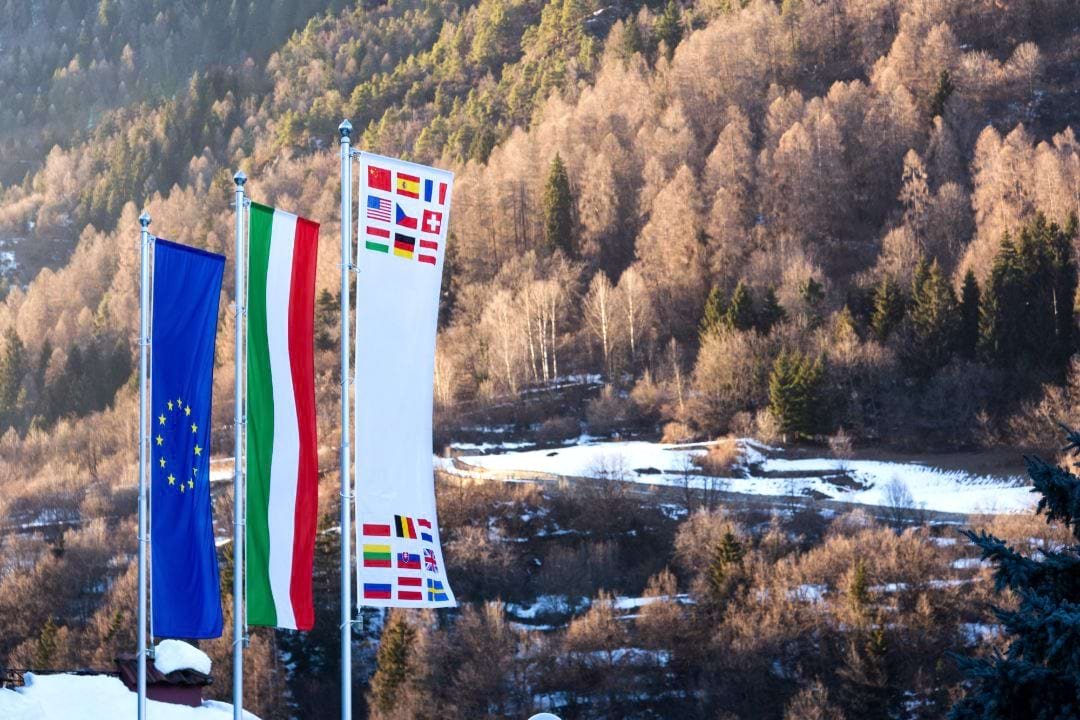Due to the increased risk of terrorists among migrants in transit on the Balkan route, the Minister believed it necessary to further increase the prevention and control measures that are currently in place, with special reference to the restoration of internal border controls with Slovenia, according to EU Helpers.
Border controls were imposed by Italian authorities on October 21 and were scheduled to remain in place until October 30.
On October 18, authorities in Italy informed European leaders and member states of their plan to reinstate restrictions on the land border with Slovenia for a period of ten days, which can potentially be further extended, using an urgent process under Article 28 of the Schengen Border Code.
Minister Piantedosi informed the parliamentary committee overseeing the Schengen Agreement implementation briefing at Palazzo San Macuto that this decision had an overall impact on 57 road and railway border crossings in the provinces of Gorizia, Trieste, and Udine.
The Interior Minister stated that an extension is required and that ten days of controls are insufficient in an interview for "Il Piccolo." Together with the authorities in Slovenia and Croatia, he declared that Italy will work to lessen the effects of such a decision.
As of Monday, 3,142 individuals and 1,555 cars had been inspected, according to the Minister. According to Piantedosi, police officers apprehended two individuals, one of whom was charged with assisting and abetting irregular immigration, out of a total of 66 irregular entrants.
He noted that approximately 16,000 persons crossed the eastern border into Italy illegally in 2023 and that he had arranged a meeting with peers from Slovenia and Croatia on November 2 to discuss border police collaboration.
Authorities in numerous European nations have tightened border controls in response to irregular border crossing attempts and the Israel-Hamas conflict; Slovenia, Croatia, and Italy are the most recent to implement such measures.

